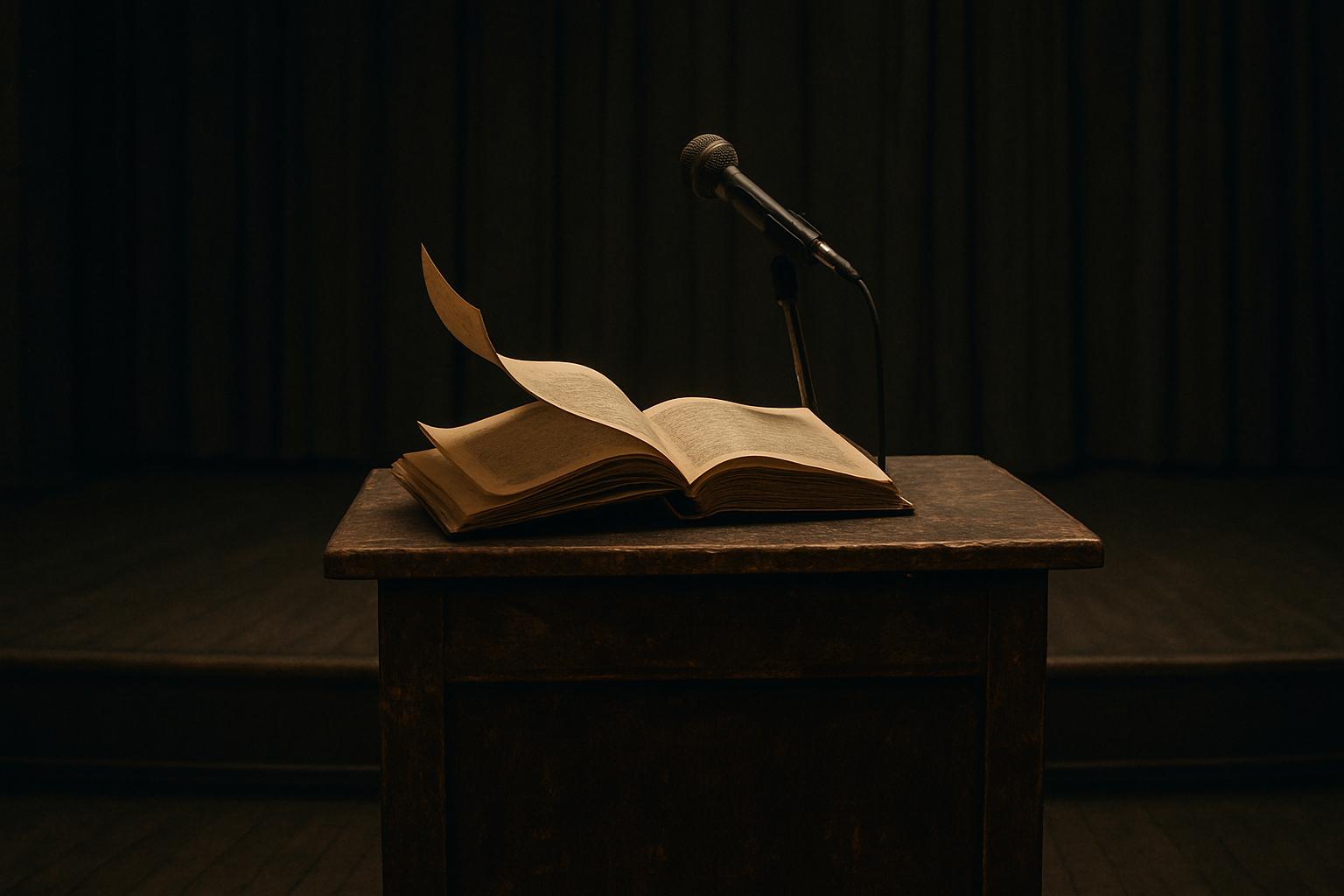Kerry James Marshall’s major exhibition, "The Histories," currently on display at the Royal Academy in London until January 18, 2026, is a profound exploration of African American identity, history, and aesthetics. Marshall, a leading figure in the Black Arts movement in the United States, is renowned for his large-scale figurative paintings that delve into multifaceted aspects of Afro-American history and culture, including civil rights, black power, slavery, and colonialism. Central to his work is the philosophical and aesthetic interrogation of “blackness,” employing it as an oppositional force to challenge dominant Western art conventions and to reclaim a black aesthetic that foregrounds visibility and representation.
The exhibition features over 70 works, including new paintings and the sculpture "Wake," and is organised thematically to offer layered narratives rather than a singular historical account. One focal point is the depiction of the Middle Passage, the transatlantic crossing during the slave trade, which the show reframes in line with Paul Gilroy’s concept of the Black Atlantic. Gilroy’s theory emphasises diasporic identity as contingent, fluid, and hyphenated, blending African and Western artistic traditions as seen in Marshall’s work. For instance, the painting “Abduction of Olaudah and His Sister” references the 18th-century Nigerian-born writer Olaudah Equiano’s traumatic capture and forced journey into slavery, anchoring the exhibition’s engagement with the complexities of identity, memory, and cultural routes.
Marshall’s paintings are notable for their didactic clarity, blending allegory and symbolism with straightforward political and social references. A compelling example is “School of Beauty, School of Culture” (2012), where he challenges racialised notions of beauty by substituting the skull in Hans Holbein’s “The Ambassadors” with an image representing traditional white beauty. This careful reconfiguration renders black beauty visible and authoritative within art historical discourse. Additionally, his graphic portrayal of Nat Turner’s rebellion vividly confronts the enduring legacies of resistance and violence in African American history.
Despite the overt political resonance of his work, Marshall has expressed ambivalence about being labelled strictly as a “political artist.” In a recent Guardian interview, he emphasised that his priority is "people," suggesting a humanistic core to his creative practice. This is evident in more intimate works like “Untitled (Blanket Couple)” (2014), which at first glance portrays a serene moment of two figures resting under a barren tree, possibly symbolising the persistent hardship and alienation black individuals face in America—a winter that never fully thaws.
The broadened concept of “histories” in the exhibition resists binary simplifications, presenting a plurality of narratives that include less acknowledged facets, such as the involvement of black slavers in the trade. This approach complicates simple moral dichotomies and invites viewers to engage critically with the nuanced, often uncomfortable realities of history. Marshall’s art functions as a catalyst for reflection and inquiry into these layered pasts.
Overall, the exhibition stands as a testament to Marshall’s stature, described by The Guardian as "arguably America’s greatest living painter," whose work not only informs and challenges but also makes the invisible visibly present. It is a compelling invitation to reconsider historical narratives through the lens of black experience, identity, and visibility.
📌 Reference Map:
- Paragraph 1 – [1], [4]
- Paragraph 2 – [2], [4], [5]
- Paragraph 3 – [1], [4]
- Paragraph 4 – [1], [4]
- Paragraph 5 – [1], [4]
- Paragraph 6 – [1], [4], [5]
Source: Noah Wire Services
